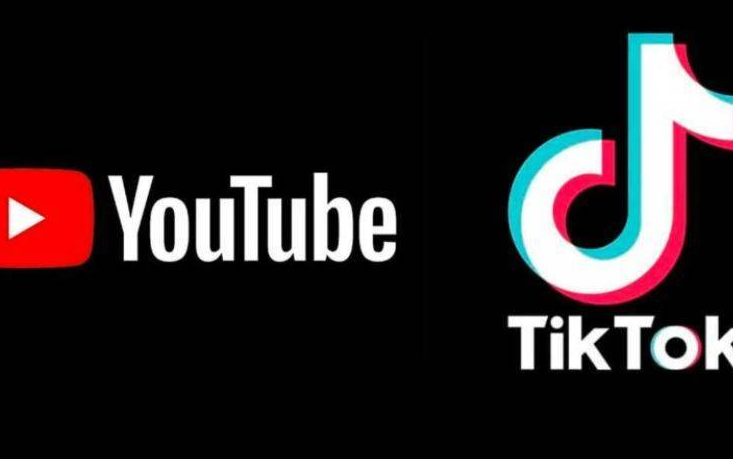When choosing an audio format for YouTube content, creators often debate between MP3 and WAV. Each format offers distinct advantages and trade-offs that can significantly impact both the production quality and viewer experience. This article will delve into the specifics of MP3 and WAV formats, providing a detailed comparison to help you decide which is best for your YouTube projects.
Key Differences in Audio Compression and Quality
MP3: Compressed and Convenient MP3, or MPEG Audio Layer III, is a compressed audio format developed to reduce file size while preserving as much of the original audio quality as possible. By using a method known as 'lossy compression,' MP3 files typically achieve a compression ratio of about 10:1, dramatically reducing file size. For example, a typical 3-minute song can be reduced from approximately 30 MB in its original CD format to about 3 MB. This makes MP3 files incredibly efficient for streaming and downloading, allowing users to store thousands of songs on a single device.
WAV: Uncompressed and High-Quality WAV, or Waveform Audio File Format, provides an uncompressed audio format that offers studio-like audio reproduction. This format captures and converts analog audio into digital without any loss of data. A standard WAV file for a 3-minute song can consume about 30 MB of storage space, offering pristine audio quality ideal for editing and professional use. However, the large file size can be a hindrance for online streaming and storage.
Impact on YouTube Content
When uploading audio to YouTube, the choice between MP3 and WAV can influence both your workflow and the end user's experience. WAV files provide superior sound quality, which is crucial for music channels or content where audio quality is paramount. On the other hand, the smaller size of MP3 files makes them easier to manage, upload, and stream, which is particularly advantageous for creators who need to upload content quickly or who operate in areas with bandwidth constraints.
Performance and Compatibility
MP3 files are universally supported across all digital platforms and devices, making them highly accessible to a broad audience. This universal compatibility ensures that MP3 files are a safe choice for content creators who want their sounds to be easily playable on any device, from smartphones to high-end sound systems.
WAV files, while offering higher fidelity, are best suited for professional settings where audio equipment can take full advantage of the uncompressed quality. Although widely supported, WAV files are less optimal for mobile devices and streaming due to their larger size.

Considerations for YouTube Creators
Choosing between MP3 and WAV depends largely on your specific needs. If you prioritize ease of use and broad compatibility, MP3 is the more practical choice. For projects where audio quality cannot be compromised, such as in professional music tracks or detailed sound design, WAV is undoubtedly superior.
When creating content, remember that YouTube itself does not store audio in either MP3 or WAV formats. Instead, YouTube converts all uploaded audio into its own optimized format. However, the initial quality of your uploaded file will influence the quality of YouTube's conversion process.
For most YouTube creators, the balance between file size and audio quality is a pivotal decision. While MP3 offers more convenience and sufficiency for general use, WAV stands out in professional settings where sound quality is non-negotiable. Therefore, understanding the strengths and limitations of each format can significantly enhance your content's production and reception.
Creators interested in converting their audio files for YouTube can explore tools like youtube mp3, which offers easy and efficient conversion solutions. Click here to learn more about optimizing your audio content for YouTube uploads.